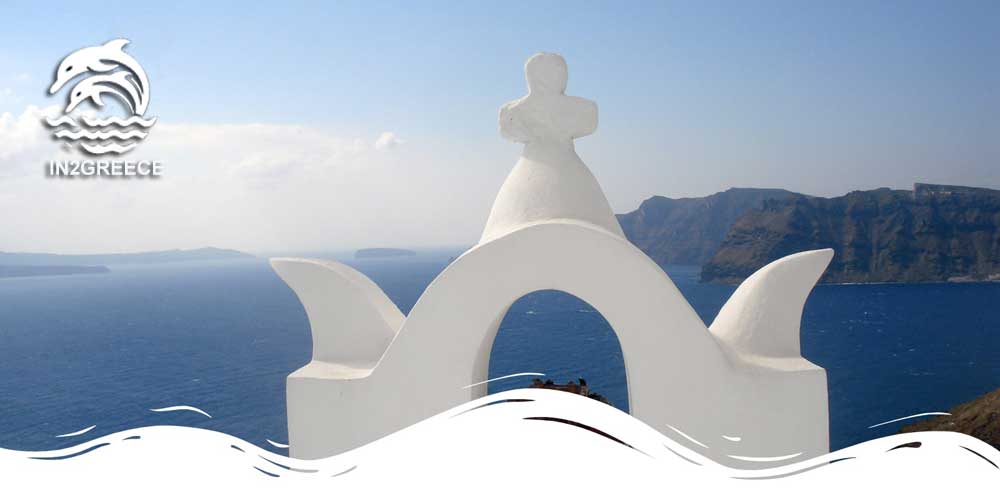Aims and Structure of the Kindergarten in Greece
In Greece, pre-school education has been established by law since the 19th century. The organization, the duration and the content of the training of Kindergarten teachers, was lastly defined in 1985 by law, along with the structure and, generally, the operation of Primary and especially of Pre-school education; the structure and operation of the latter are in force until today with added specific regulations concerning more specific subjects.
The objective of the Nipiagogeio (Kindergarten) is to give an equal opportunity to all young children to develop physically, emotionally, mentally and socially within the framework defined by the broader objectives of Primary and Secondary education. Specifically, Nipiagogeio helps young children:
To develop their senses and organize their motor and cognitive abilities
To enrich and enable each child to make sense of the experiences deriving from their physical and social environment and to acquire the ability to distinguish the relationships and interactions existing in it.
To develop the ability to understand and express themselves through symbols generally and especially in the fields of language, mathematics and arts.
To create interpersonal relations which will assist their gradual and harmonious integration in the life of the community.
To develop initiatives freely and easily within the framework of the organized environment and to become accustomed to the give-and-take relationship between the individual and the group.
Kindergartens in Greece are free and non-compulsory. Children can begin this stage of their education at the age of 4 years and stay until they are old enough to attend the first stage of primary school. There are 2 types of Kindergartens – half day schools with hours from 08:30 a.m. to 12:15 p.m. and all-day kindergartens ( Oloimero Nipiagogeio) which operate from 7.45 till 16.00. Generally speaking the morning kindergartens employ one teacher, who could be male or female. This teacher would have between 7 and 30 children between the ages of 4 – 5.5 years. the children would be together in the same class but activities are differentiated with regard to the pace and degree of difficulty in accordance with each child’s ability . The all-day kindergartens would employ 2 teachers and could expect to have between 31-60 children between them.. The school year for Nipiagogeio begins on September 1st and ends on June 21st, while classes begin on September 11th and end on June 15th, at which time souvenirs are distributed to the children .
Curriculum
The Pre-School Curricula are prepared by the Pedagogical Institute Paedagogiko Institouto and are used as complete manuals in order to carry out the educational task. This is published as a Book of Activities which contains detailed instructions and practical recommendations to assist the teacher in organising and conducting each class. The overall aims are for the education and cognitive-motor development of small children, their social, emotional, mental, moral and religious development, both on the individual as well as the collective level and finally their development of aesthetic abilities both practically and theoretically.
The basic principle of the curriculum is to secure each child’s active participation in achieving all-round development by getting involved in situations that promote their critical thinking. The child is encouraged to anticipate, investigate, experiment, compare, discover relations, classify and grow mentally, while at the same time developing the mechanisms necessary to acquire knowledge.
The daily activities that a kindergarten teacher would plan is organized according to the above criteria and would include:
The spontaneous engagement of children in “activity corners” without the direct involvement of the teacher, and
The engagement of children in activities targeted on the achievement of objectives pre-selected by the teacher, or on those “arising” from spontaneous or planned activities. In this case, kindergarten teachers follow the procedure below:
They select one or more objectives from one or more fields of development, based on their evolutionary position in the curriculum and on the children’s level of development.
They select and organize activities correlating with the general objectives. The content of these activities may be drawn from the same or from different “areas of experience and knowledge”. They assist and encourage the children to become involved in activities.
They assess the results of the educational effort.
